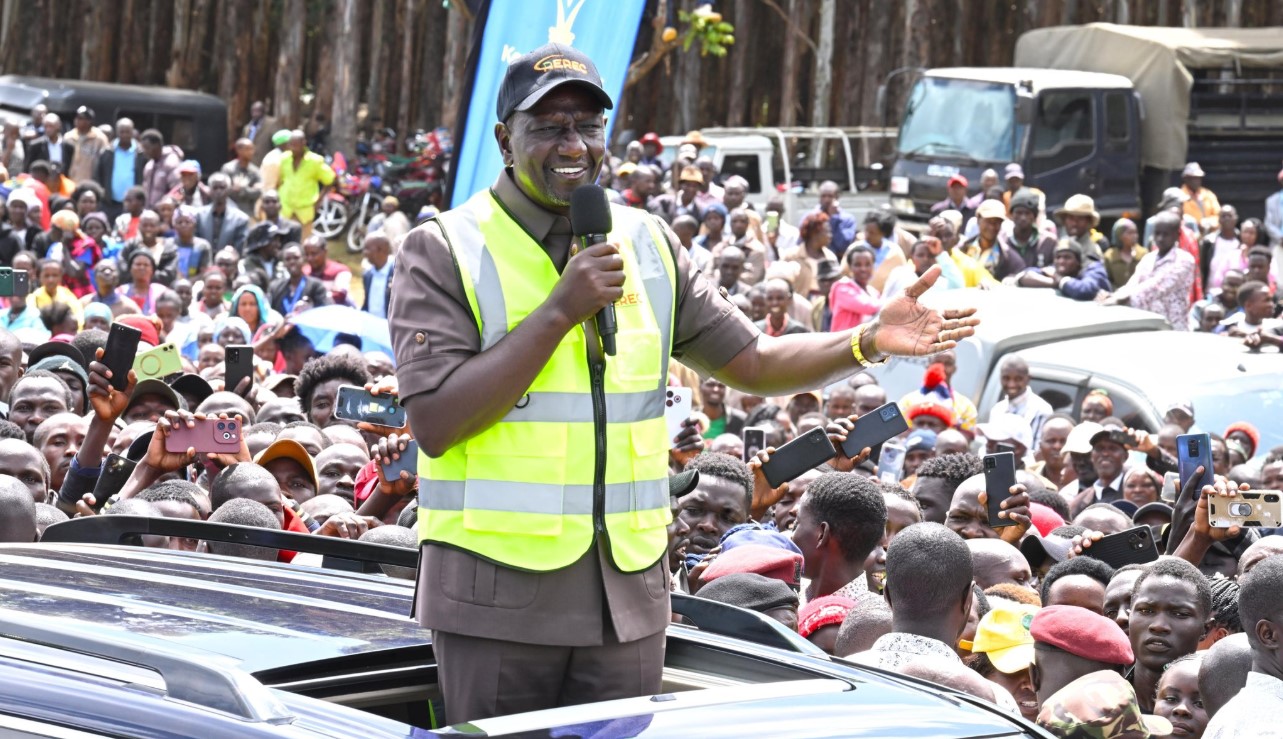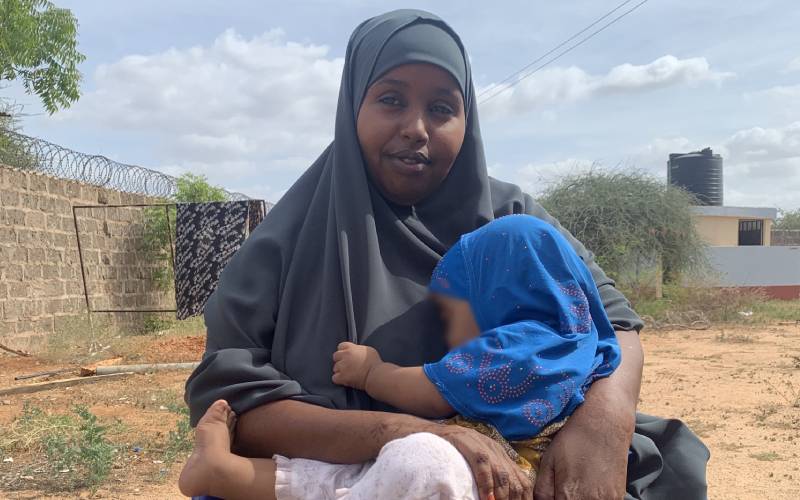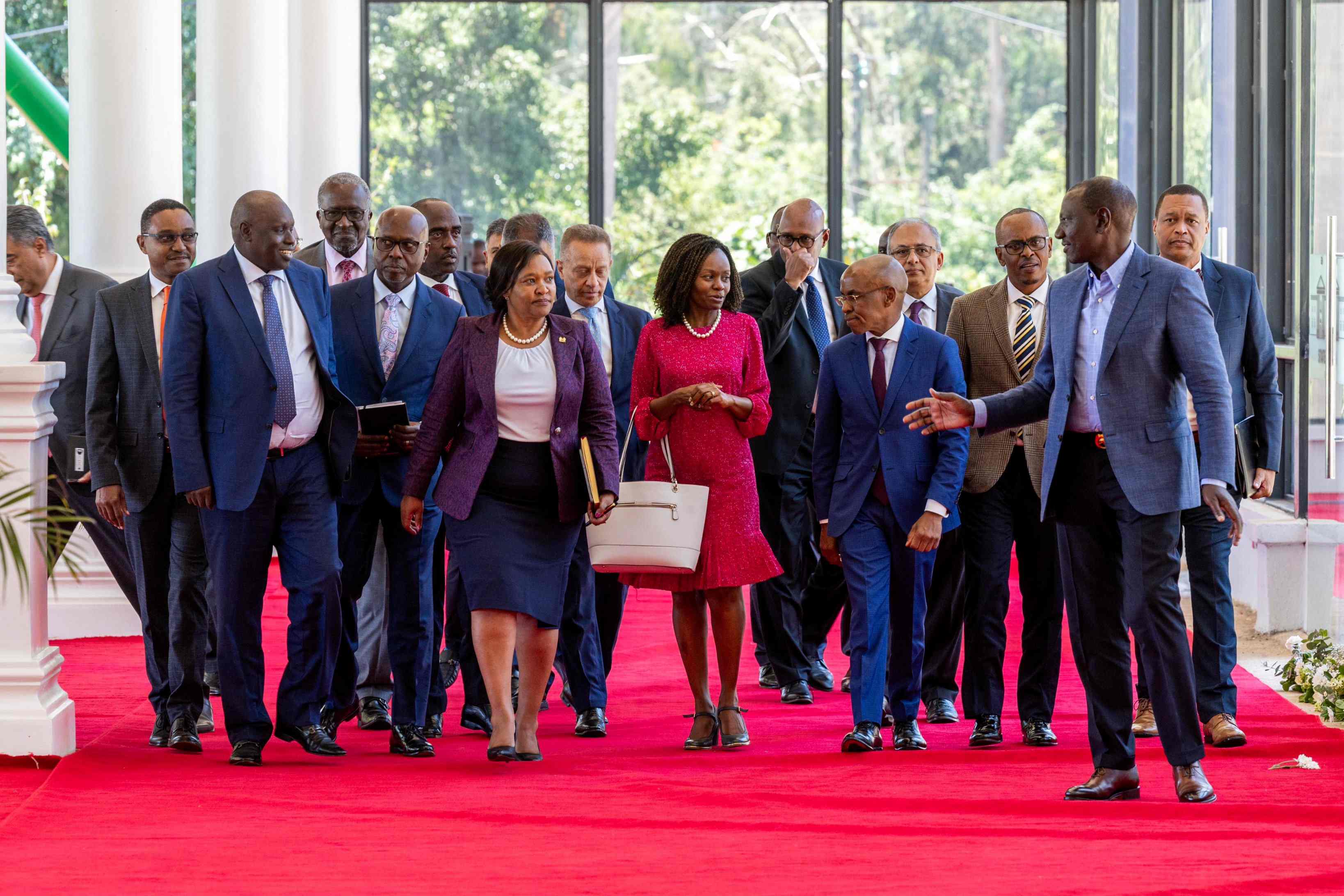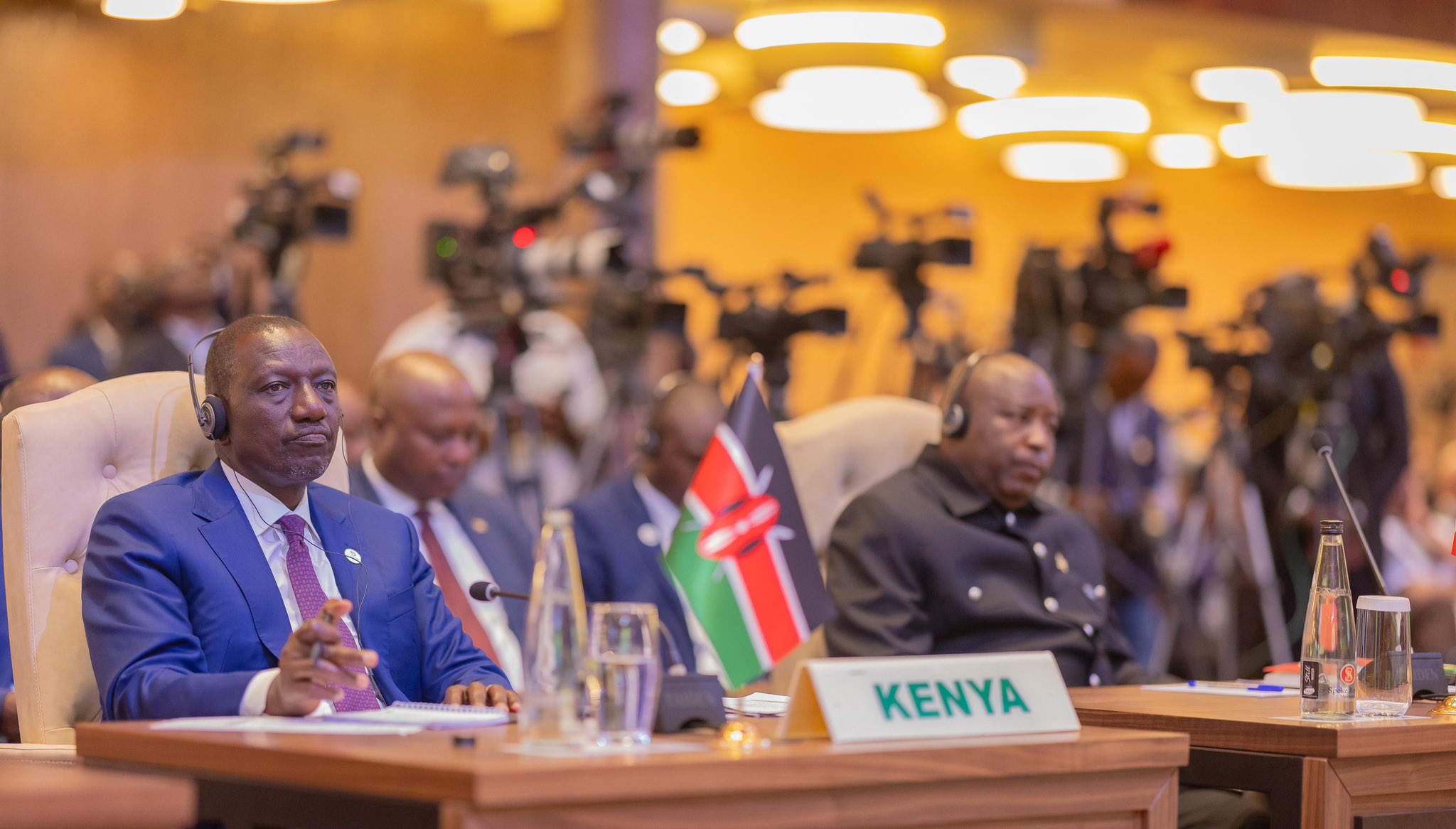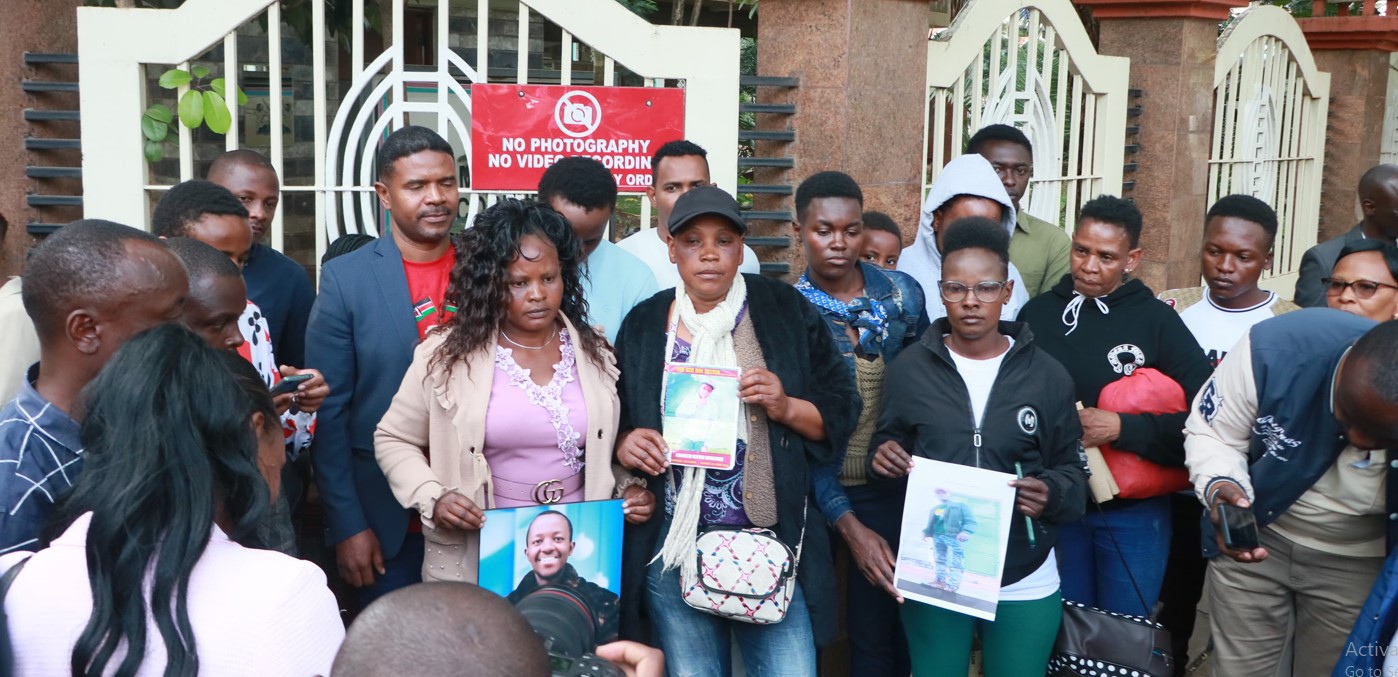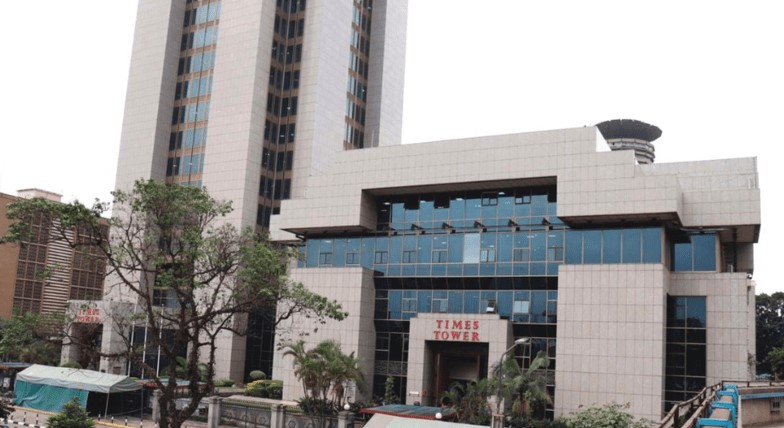Kenya faces funding challenge as record number of students qualify to join universities
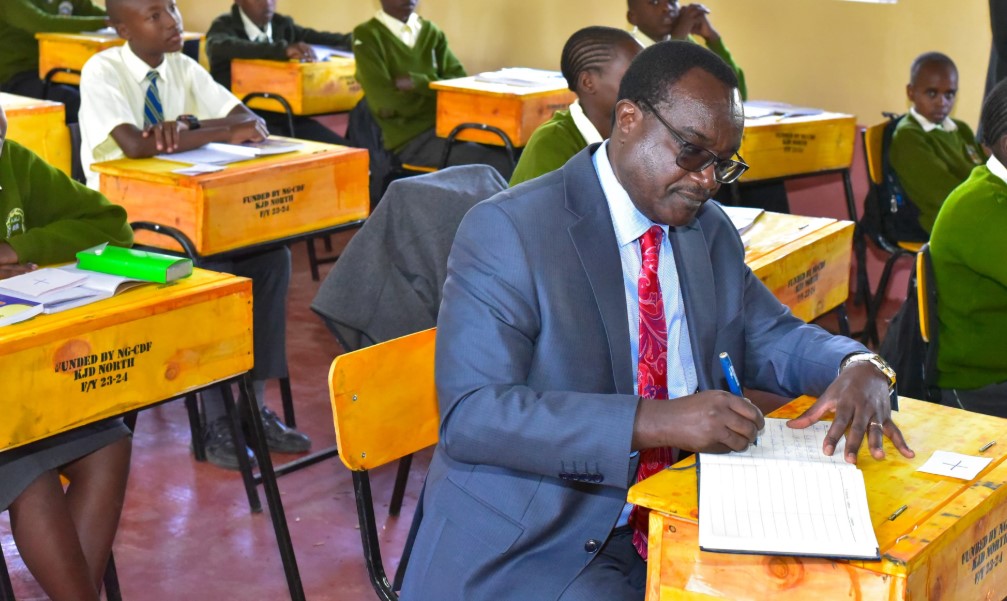
The 2024 increase, which represents an additional 45,258 students compared to last year, raises concerns over how the government will fund these candidates.
The government is facing a major financial challenge as it tries to accommodate a record number of students who have qualified for university education following the release of the 2024 Kenya Certificate of Secondary Education (KCSE) exam results.
A total of 246,391 candidates have attained the minimum entry grade of C+ and above, marking a sharp increase from 201,133 in the previous year.
More To Read
- KCSE 2024: National schools continue to showcase academic dominance as private schools rise
- Orphaned girl from Garissa who beat odds to score A- in KCSE aims at becoming a medical doctor
- Coast region celebrates as top students shine in 2024 KCSE results
- Over 40,000 students score Grade E in 2024 KCSE exams
This surge in university qualifiers, while a sign of academic success, is putting immense pressure on the state's education budget.
The 2024 increase, which represents an additional 45,258 students compared to last year, raises concerns over how the government will fund these candidates.
Education Cabinet Secretary Julius Ogamba acknowledged the challenge but did not clarify whether the government would continue its automatic sponsorship policy for all students.
This leaves many wondering if they will have to seek alternative ways to fund their education.
Since 2016, the Kenyan government has been funding every eligible student for university education.
New funding models
However, due to the growing number of students qualifying and financial constraints, the government is exploring new models for funding.
A recently scrapped model had attempted to solve these financial woes by ending automatic sponsorship and requiring students to apply for scholarships and loans.
However, the model was unpopular and, in some cases, was unable to meet the funding demands.
In recent years, universities have struggled to pay salaries for their staff and manage growing debt, with public institutions owing more than Sh70 billion.
Meanwhile, the percentage of university programmes covered by government funding has sharply declined, from 80 per cent to a mere 48 per cent, which has worsened the funding crisis.
The question now is whether the government will find a sustainable solution before students begin university in September.
If the government's appeal against the recent High Court ruling fails, new funding models will be required.
Before 2016, when the number of university qualifiers exceeded the available budget, cut-off points were used to limit the number of students eligible for government sponsorship.
Those who did not qualify for sponsorship would then seek other funding options or pursue technical training instead.
Vocational education training
In addition to university funding, the government will also need to allocate more resources for technical and vocational education and training (TVET).
In the 2024 KCSE exam, 49.41 per cent of candidates scored a C- or above, qualifying for diploma-level training.
This represents a growing need for investment in vocational education, as more students opt for these pathways.
The overall number of candidates who sat the 2024 KCSE exams increased by 7.19 per cent, from 903,260 in 2023 to 962,512 this year.
Of these, 1,693 candidates achieved the top grade of A, a slight increase from 1,216 in 2023. The grading system introduced in 2024 has been credited with better aligning the country's exams with international assessment standards.
Despite the challenges, the government has been trying to respond.
In 2023, an additional Sh3.98 billion was allocated for scholarships, with another Sh3.9 billion set aside for first-year students' tuition fees.
Infrastructure and salaries
The State Department for Higher Education and Research received Sh7.9 billion, of which Sh5.1 billion went to the loans board, and Sh2.8 billion was directed to the Universities Fund.
However, funding for university education is not the only issue at hand.
The government also faces mounting pressure to invest in infrastructure, salaries, and resources to improve the quality of education.
Last year, lecturers went on strike over delayed pay agreements, and confusion over funding has left many students uncertain about the coming semester.
As the number of university and TVET qualifiers rises, the challenge is clear: how will the government balance its budget and ensure that every deserving student accesses higher education?



